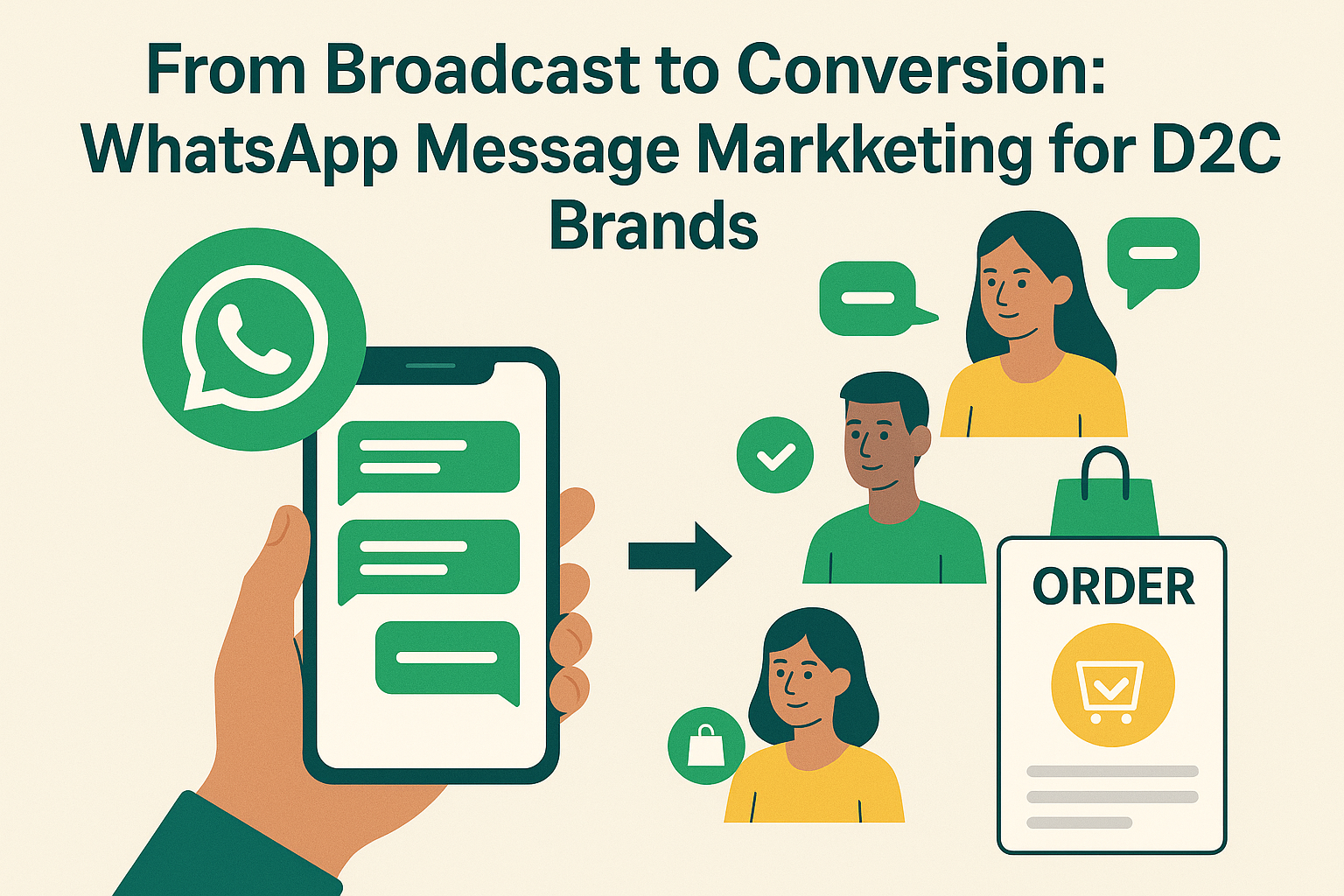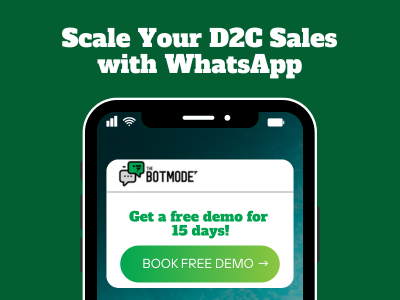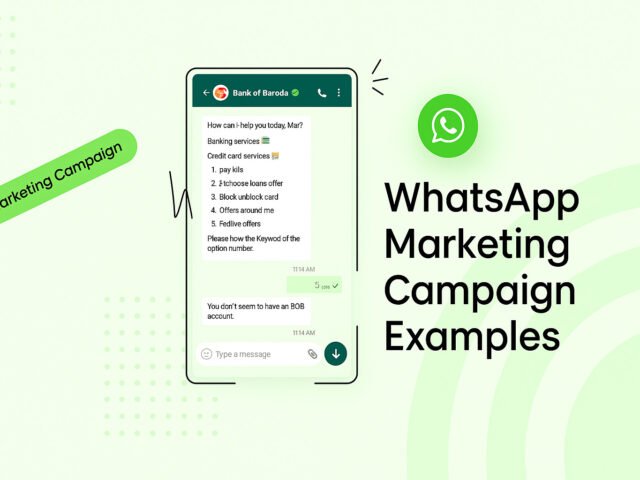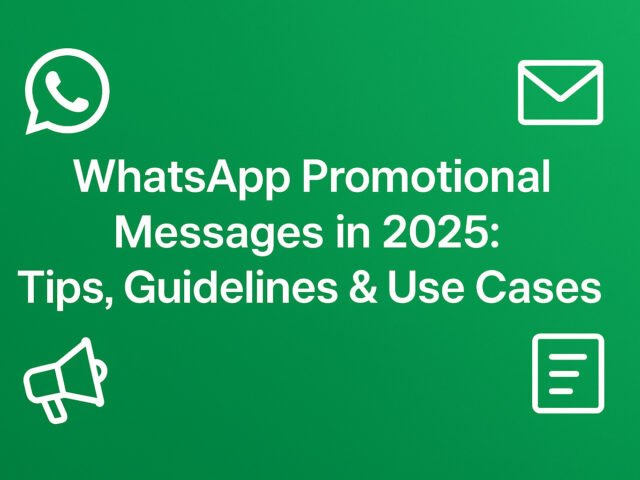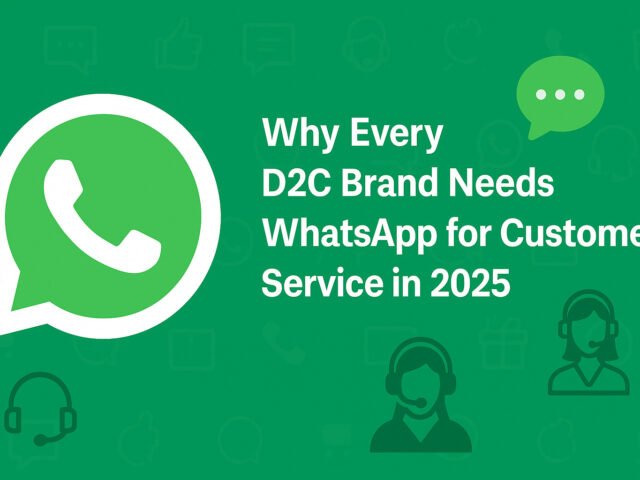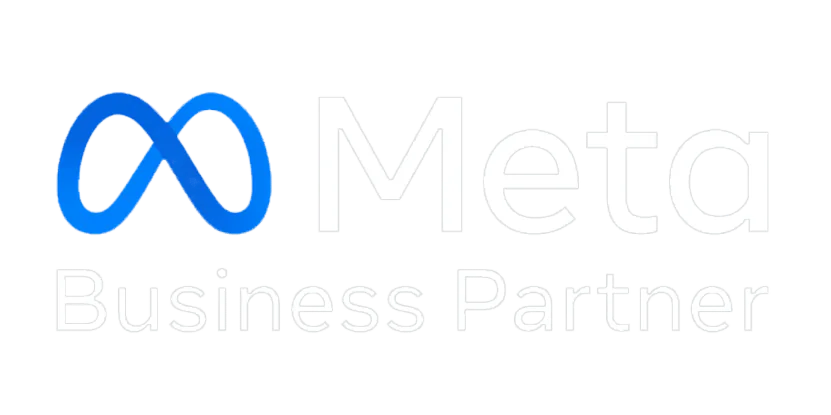Introduction
In a crowded digital space, D2C brands face rising customer acquisition costs, low email engagement, and waning SMS effectiveness. But there’s one channel that’s defying these trends: WhatsApp message marketing.
With open rates nearing 98% and click-throughs that dwarf traditional channels, WhatsApp is fast becoming a critical tool for D2C brands aiming to convert broadcasts into real revenue.
In this post, you’ll learn how to structure your WhatsApp approach — from opt-in to broadcast to conversion flows — backed by strategies, templates, and metrics designed especially for D2C brands.
From Broadcasters to Converters: Strategy Framework
1. Opt‑in & Subscriber Growth
- Always secure explicit consent before messaging customers.
- Use opt-in points: checkout pages, popups, social media CTAs, QR codes, or “message us” buttons.
- Start segmenting early (e.g. by product interest, location, purchase history) to send more relevant content.
2. Crafting Broadcasts That Engage (Not Annoy)
- Use personalization — first name, purchase history, preferences.
- Enrich with rich media (product images, catalogs, buttons).
- Make the CTA crystal clear: “Buy now,” “Shop collection,” “Reply to learn more.”
- Limit frequency — e.g. 1–3 high-value messages per week.
- Segment audiences to throttle your sends and avoid fatigue.
3. Automations & Sequences
- Abandoned cart flows: Trigger reminders via WhatsApp when customers leave items behind.
- Welcome sequences: Greet new opt-ins with an automated message or offer.
- Re‑engagement flows: Message dormant users with incentives or fresh content.
- Transactional & post-purchase flows: Order confirmations, shipping updates, delivery status, feedback, reorders.
- Upsell / cross-sell flows: Trigger offers based on previous purchases or browsing behavior.
4. Click‑to‑WhatsApp & Conversational Funnels
- Use ads (Meta, Instagram, Facebook) that open WhatsApp chats directly.
- Build conversational flows: guide users from chat → product discovery → checkout link.
- Handle objections proactively with FAQs or chatbot responses.
Case Studies & Examples
- A D2C fashion brand used broadcast + cart recovery flows on WhatsApp and saw 20–30% lift in conversions.
- A skincare D2C brand deployed post-purchase sequences on WhatsApp and achieved higher repeat purchases.
- Small brands ran creative WhatsApp-only flash sales to engaged segments (loyal customers) to drive high ROI on minimal spend.
(If you like, I can fetch brand names and numbers for your niche.)
Implementation Roadmap for D2C Brands
| Phase | Focus | Actions |
| Phase 1 | Setup & compliance | Apply for API access, approve templates, collect opt-ins |
| Phase 2 | Pilot broadcasts & flows | Run test campaigns, simple flows |
| Phase 3 | Segment & automate | Build more audience segments, more sequences |
| Phase 4 | Optimize & scale | A/B testing, refine copies, scale budgets |
Also consider tools or platforms that ease the integration, automation, analytics — and always track link-level metrics for attribution.
Conclusion
Broadcasts are the starting point — the real power of WhatsApp marketing lies in conversion-focused flows, personalization, and automation. For D2C brands, WhatsApp can become a core channel for engagement, sales, and retention.
If you want to see how we implement WhatsApp strategies for D2C brands or scale message marketing, check out how we help at The BotMode.
FAQs
How often should a D2C brand send WhatsApp broadcasts?
1–3 high-value messages per week is a good benchmark. Overdoing it can lead to opt-outs.
Will customers find WhatsApp marketing intrusive?
Not if they opted in and messages are relevant, timely, and conversational. Always include opt-out choice.
Which is better: WhatsApp or email marketing for D2C?
WhatsApp often outperforms email in open and click-through rates, but they complement each other — use both.
How many messages per month is safe before unsubscribes rise?
It depends on your niche and content quality, but exceeding 10–12 generic blasts monthly is risky — always monitor opt-out rates.
Can small D2C brands with limited budgets use WhatsApp message marketing?
Yes — start small with basic broadcasts or transactional flows, use affordable API platforms, reinvest returns, and gradually scale.

